Description
Rhodochrosite is Colorado’s State Mineral. It was named in 1813 by Johann Friedrich Ludwig Hausmann from the Greek ρόδο, “rose”, and χρώς, “coloring”, referring to its color; its hardness is 3½ – 4 and its specific gravity is 3.7. It commonly occurs as a primary gangue mineral in moderate- to low-temperature hydrothermal veins, also in high-temperature metasomatic deposits and sedimentary manganese deposits or as a late stage hydrothermal mineral in pegmatites, especially lithiophilite-bearing ones, and it can also be formed as a biomineral by some fungi during oxidation. It’s found in thousands of locations around the world, but rarely can you find more incredible specimens than those found in Colorado, and most notably, from the Sweet Home Mine near Leadville, not too far from the Sunnyside Mine…
According to Mindat, the Sunnyside Mine is a former Au-Pb-Mn-Ag-Zn-Cu mine located between Ouray and Silverton near Ironton. The Sunnyside Mine worked veins associated with the Eureka graben, a volcanic collapse structure connecting the Silverton and Lake City calderas. The veins are multi-generational fissure fillings with ore shoots often localized by fault intersections. Burbank and Luedke (1969) present an extensive description of the geology of the area and of the vein system.
The Sunnyside Mine started in the late 1880’s and closed 1930. Reopened 1937 and closed 1938. The original surface plant was on the shore of Lake Emma in a glacial cirque east of Bonita peak above 12000 feet. In the late 1890’s an aerial tramway was constructed to bring the ore to the Sunnyside Mill at Eureka, 3 miles east of and 2000 feet below the mine.
American tunnel was originally part of the Gold King Mine at Gladstone. On USGS topographic maps it is still labeled as such. Begun in 1900 some 800 feet beneath level 7, the Gold King’s main operating level, it was only driven in about 700 ft. In 1922-3 the American tunnel was extended to 6233 feet from the portal, to a point beneath the Gold King’s main workings, but the mine closed before any other development work could be done.
After a long period of dormancy Standard Metals became the operating entity of the Sunnyside Mine and decided to access it from beneath through the American tunnel. Between 1959 and 1962 the tunnel was driven nearly another mile to a point 1800 feet beneath the old workings of the Sunnyside Mine, a final length of approximately 11000 feet,. The American tunnel provided deep drainage and gravity assisted ore handling solving 2 major problems that had greatly increased costs and led to the demise of the original Sunnyside mine nearly 25 years earlier.
On June 4th, 1978 (fortunately a Sunday) the bottom of Lake Emma collapsed into the upper mine workings sending a slurry of mud and debris through most of the workings. Production resumed after about 2 years of rehabilitation and the operation stumbled on through poor economic times until early in 1985 when Standard Metals sold the property. Production continued under the new operating entity, Sunnyside Gold Corp., a subsidiary of Echo Bay Mines, Ltd. Like many mines in this area and elsewhere the Sunnyside had a long history of changing ownership. Past owners include: R.J. McNutt; M.M. Engleman& L.C. Thompson; L.C. Thompson & Frank Thompson; Judge John H. Terry (1900-1910); 2 sons and daughter of Judge Terry (1910-1917); United States Smelting & Refining Co. (1917- ); Standard Uranium (which formed Standard Metals Corp.)(lessee)(1959-1985).
Except for a 2 year rehabilitation hiatus in the wake of the Lake Emma disaster, the Sunnyside mine produced ore through the American tunnel until 1991 when depressed gold and base metal prices turned more ore into rock than could be tolerated.
In recent years the main concern in the area is the acid drainage discharging from the American Tunnel and many other adits in the region. Bulkheads were installed in the American Tunnel to stem the flow but the loss of deep drainage in the area has caused adjustments in the water table over a larger area because of interconnected mine workings or the pervasive fracturing. Although the Gold King Mine was never connected to the American Tunnel by raises or other workings, after the American Tunnel was plugged water drainage from the level 7 adit increased considerably. Remediation efforts led to a large spill of acid water and sludge in 2015.
Many old reports exist which claim rhodonite is common at this location. Modern methods of identification including X-ray diffraction of both massive and crystallized specimens show they are pyroxmangite

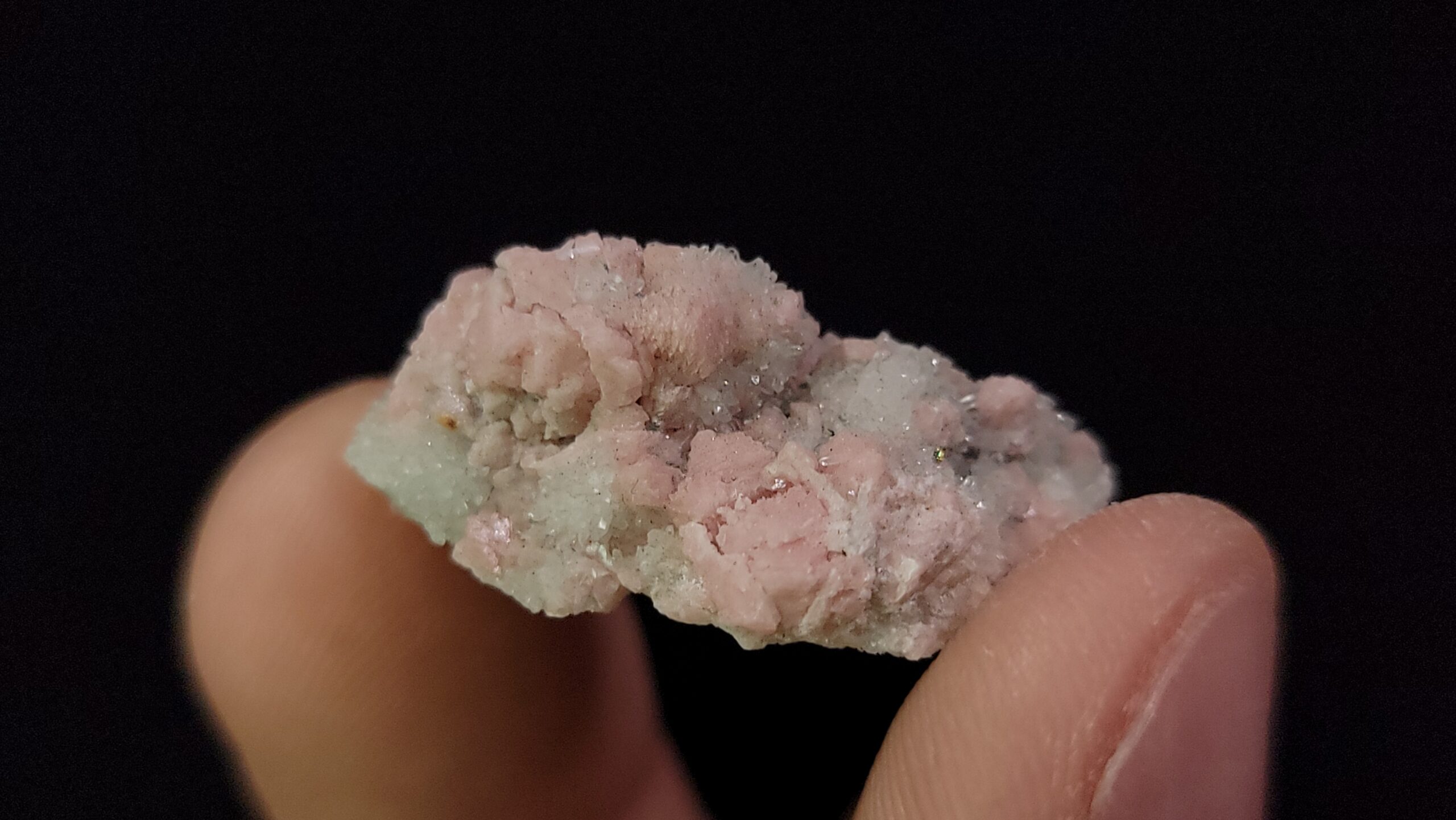

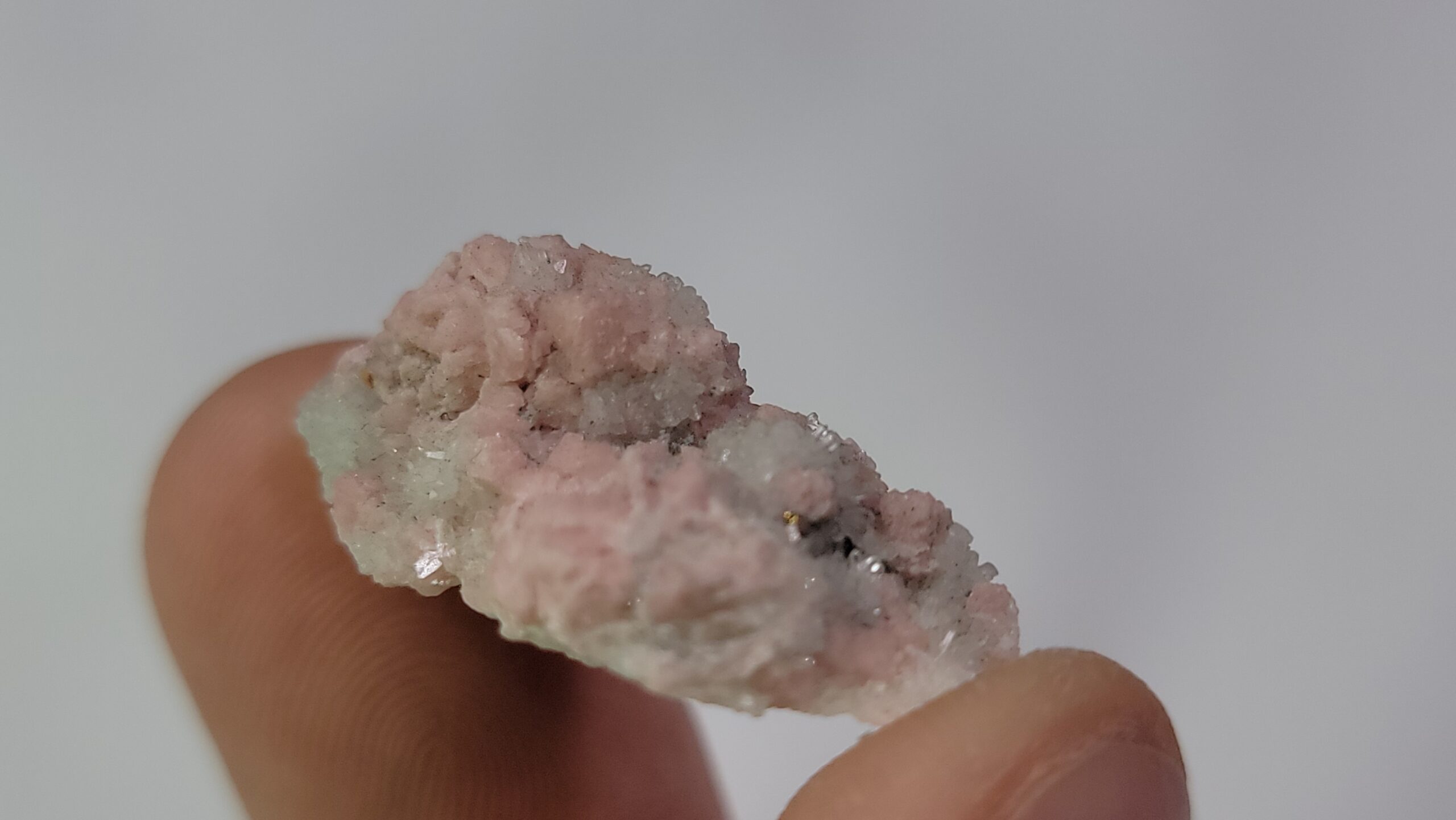
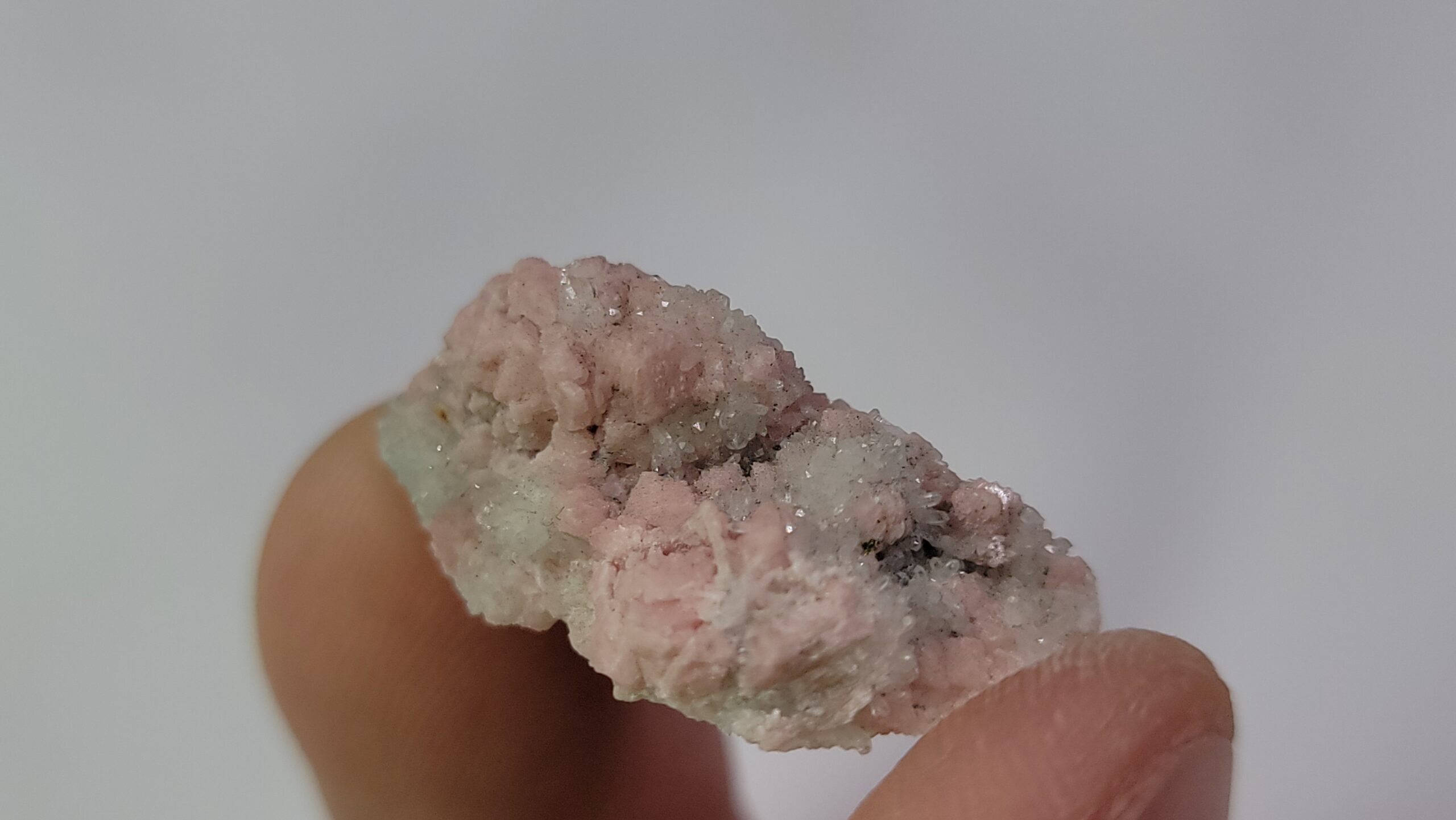
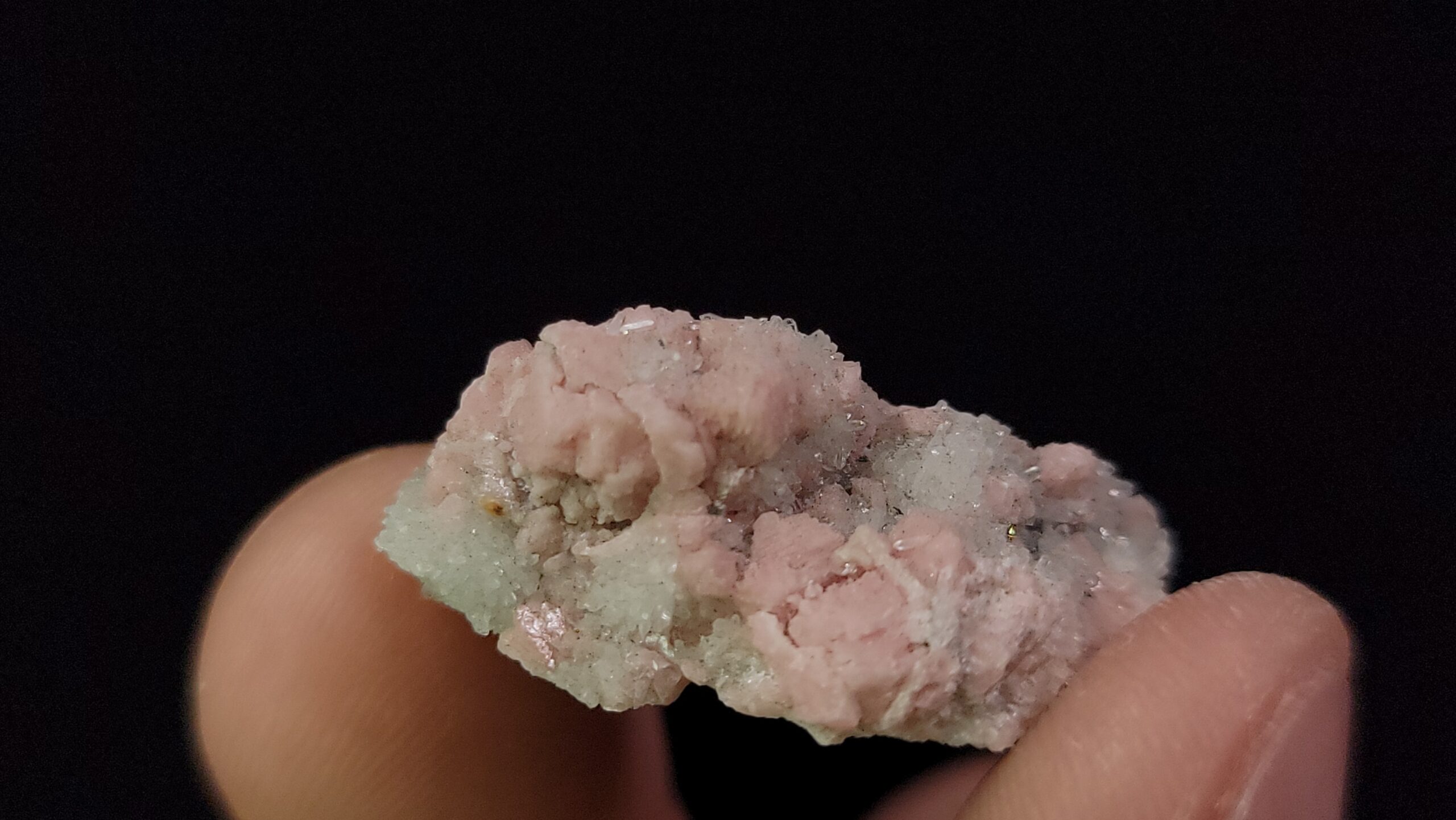
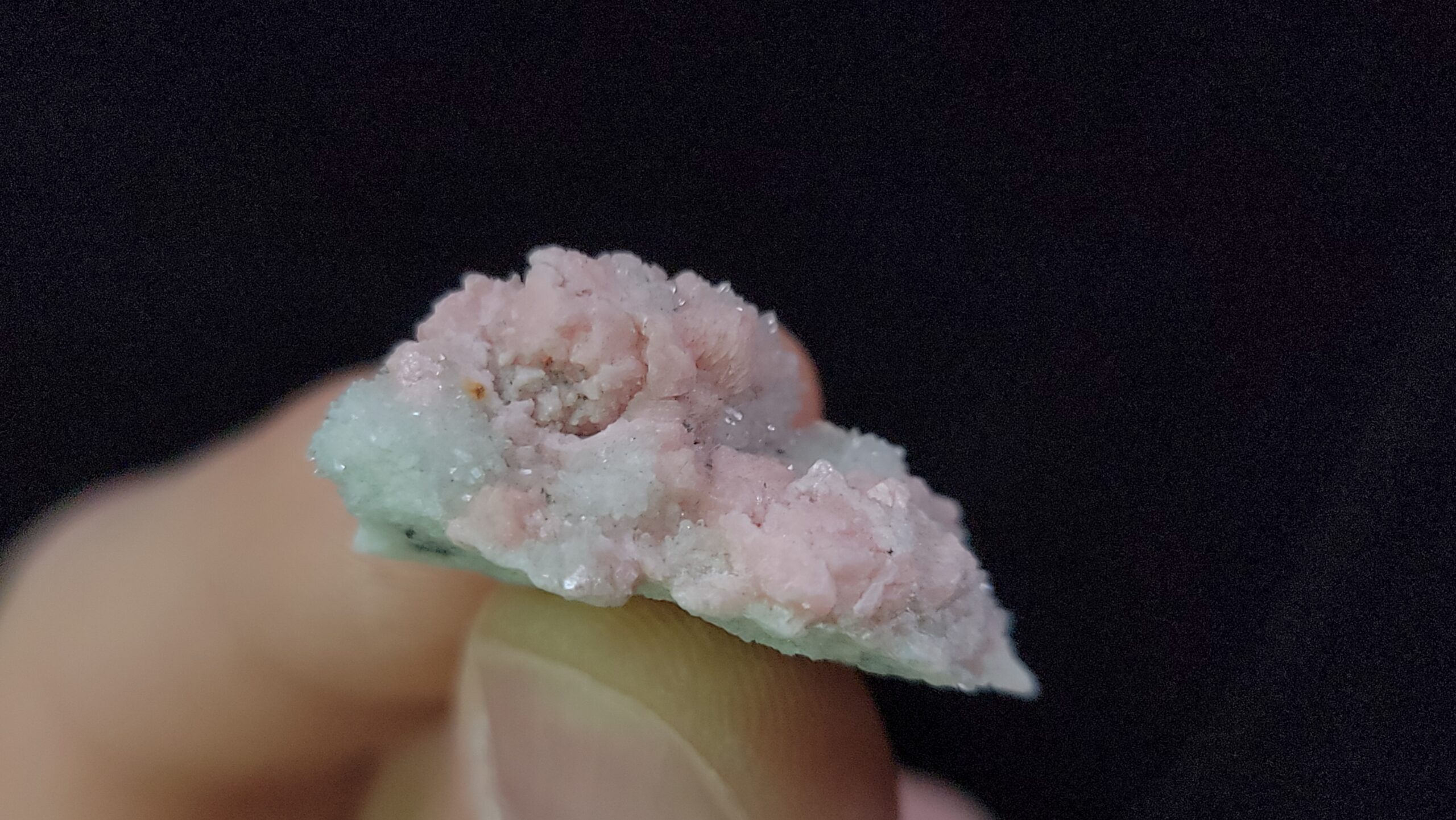

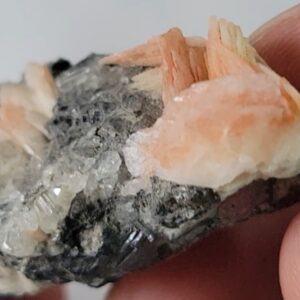


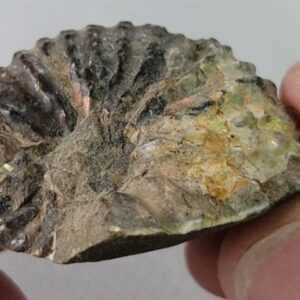

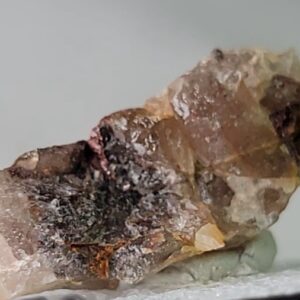
Reviews
There are no reviews yet.